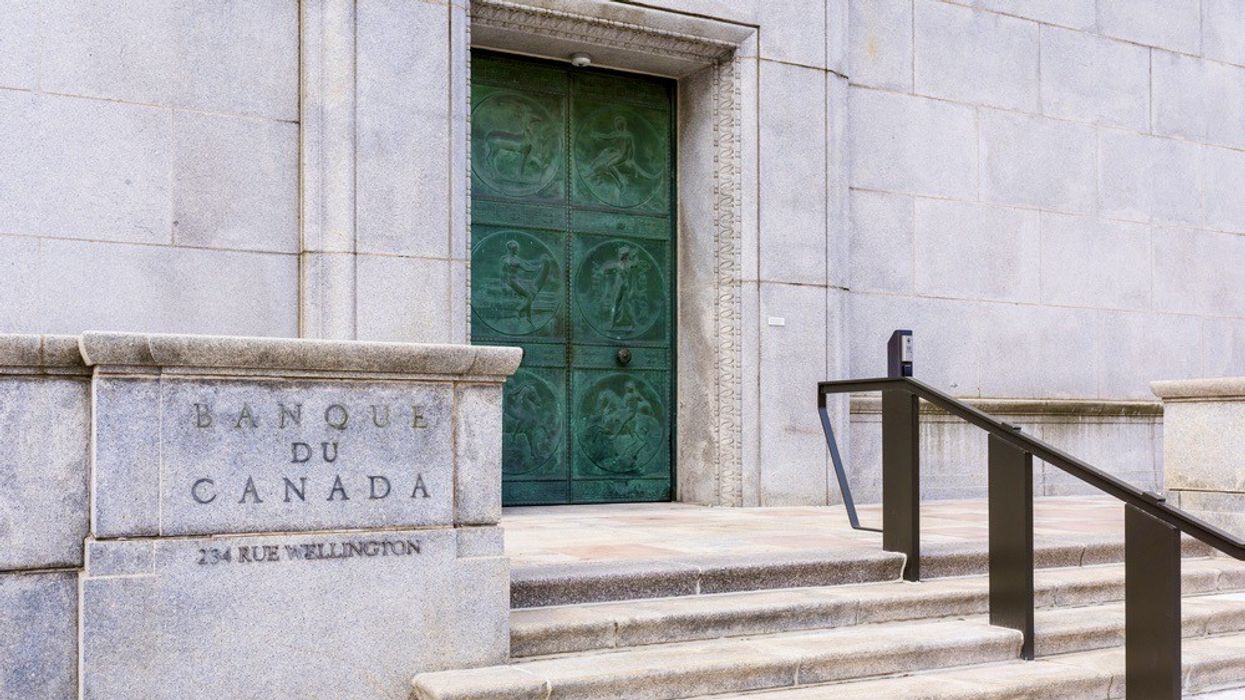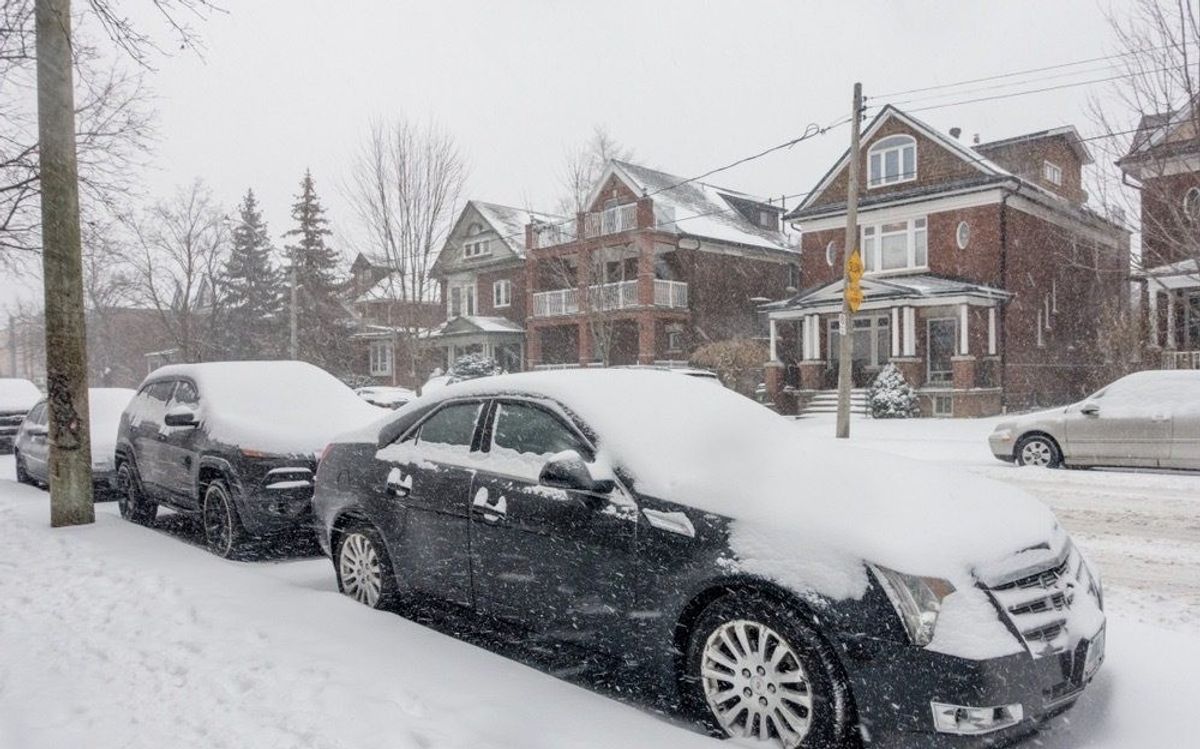The cost of borrowing just went up for the fifth time this year; the Bank of Canada, which sets the guidance for interest rates offered by consumer lenders, has hiked its trend-setting Overnight Lending Rate by 0.75%, bringing it to 3.25%. As a result, the prime rate will rise to 5.45% from the current 4.7%.
Economists’ bets had been placed on a three-quarter point hike; all six of Canada’s big consumer banks made calls for a supersized rate bump, with National Bank pegging the likelihood as high as 70%. Meanwhile, a poll conducted by Bloomberg of 31 economists found the majority leaned toward a 0.75% increase, with all anticipating a 0.5% hike at a minimum.
This expectation was largely bolstered by commentary made by BoC Governor Tiff Macklem last month that, despite a cooler July inflation reading, the central bank’s job is “not yet done” in terms of reigning it in, and that a “front-loaded” approach would be warranted to pull CPI down from its 40-year high. Recent hawkish moves from the U.S. Federal Reserve, which made its own three-quarter point hike in July, also cemented confidence the BoC would opt for a bigger hike.
However, it appears hopes of the BoC now shifting to wind down its hiking cycle are moot for the time being; in its policy language, the central bank assures that additional increases are to come, as inflation remains persistently elevated.
“Given the outlook for inflation, the Governing Council still judges that the policy interest rate will need to rise further,“ states the Bank in its release. “Quantitative tightening is complementing increases in the policy rate. As the effects of tighter monetary policy work through the economy, we will be assessing how much higher interest rates need to go to return inflation to target. The Governing Council remains resolute in its commitment to price stability and will continue to take action as required to achieve the 2% inflation target.”
An Overnight Lending Rate of 3.25% brings the Bank of Canada’s policy rate slightly above neutral, into what can be considered a “restrictive” range; with the cost of borrowing growing ever steeper, consumers will stem their spending, helping chill inflation growth.
The BoC points out that while CPI inflation did ease to 7.6% in July from the previous 8.1% due to lower gas prices, “The Bank’s core measures of inflation continued to move up, ranging from 5% to 5.5% in July. Surveys suggest that short-term inflation expectations remain high. The longer this continues, the greater the risk that elevated inflation becomes entrenched.”
Canada’s GDP grew by 3.3% in Q2, somewhat weaker than the BoC’s initial projections, though domestic demand and business investment remain strong, growing by 9.5% and 12%, respectively.
“With higher mortgage rates, the housing market is pulling back as anticipated, following unsustainable growth during the pandemic. The Bank continues to expect the economy to moderate in the second half of this year, as global demand weakens and tighter monetary policy here in Canada begins to bring demand more in line with supply,” states the BoC.
The Immediate Impact on Borrowers
For those with adjustable, variable-rate mortgages, monthly payments will increase immediately, as their lender passes the BoC’s higher rate down to their Prime-based products. Those with variable mortgages with fixed monthly payments, meanwhile, won’t see any change in their shelter expenditures, though less of their payment will go toward their principal debt.
An exception, however, will be for borrowers approaching the “trigger rate” on their mortgages: the point at which their payments fail to cover more than the interest. Those borrowers can expect a call from their lender, in order to determine a new payment schedule or arrangement.
READ: 750,000 Canadian Mortgages at Risk of Rising Trigger Rate Payments This Fall
According to calculations from Ratehub.ca, today’s rate hike will translate into a payment of $3,155 for someone with the average-priced home of $630,000, based on a rate of 4.25%, a 10% downpayment, and a five-year variable rate amortized over 25 years.
In the above scenario, this translates to homeowners paying $236 more per month, or $2,832 per year, on their mortgage payments.
The next Bank of Canada rate announcement is scheduled for October 26, 2022.





















